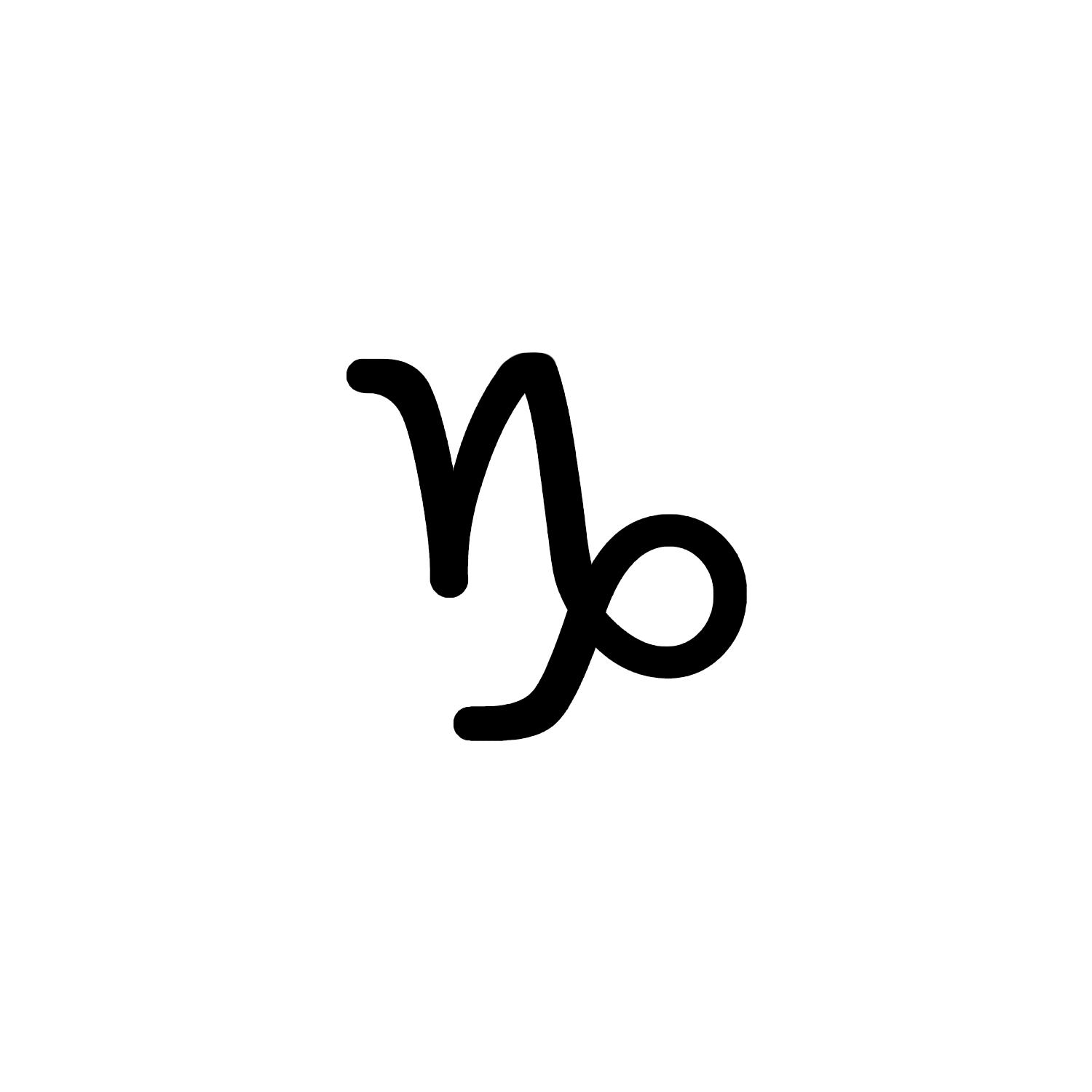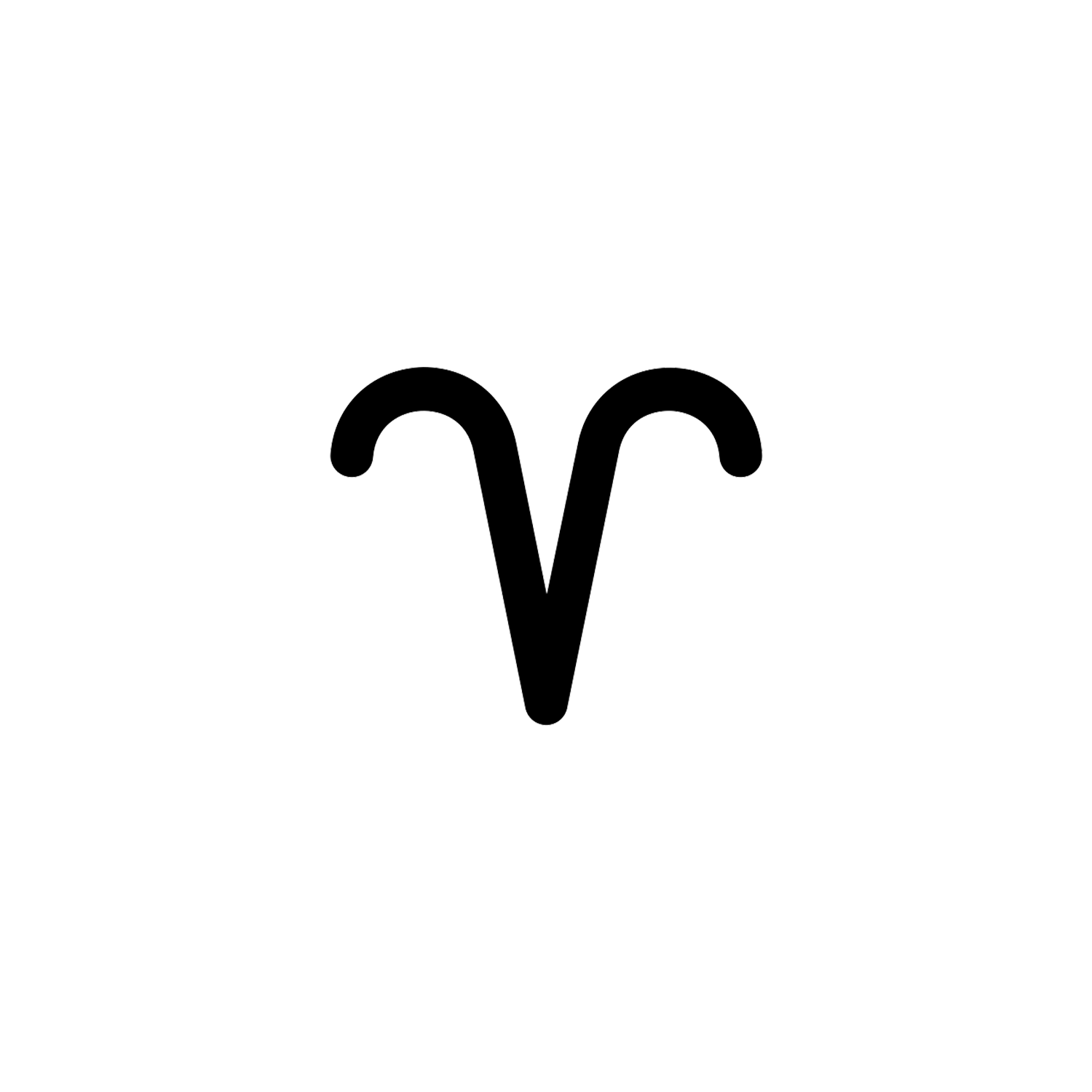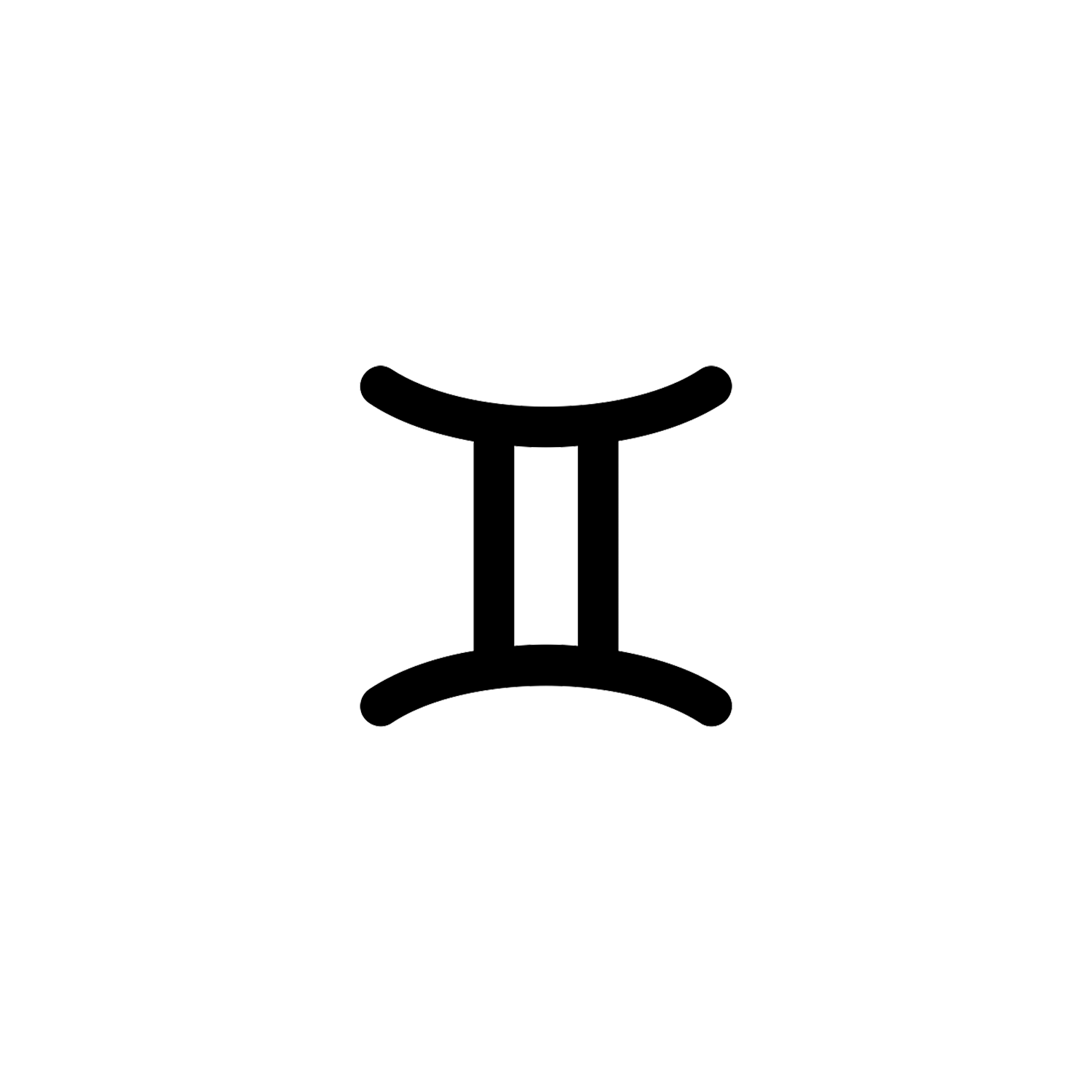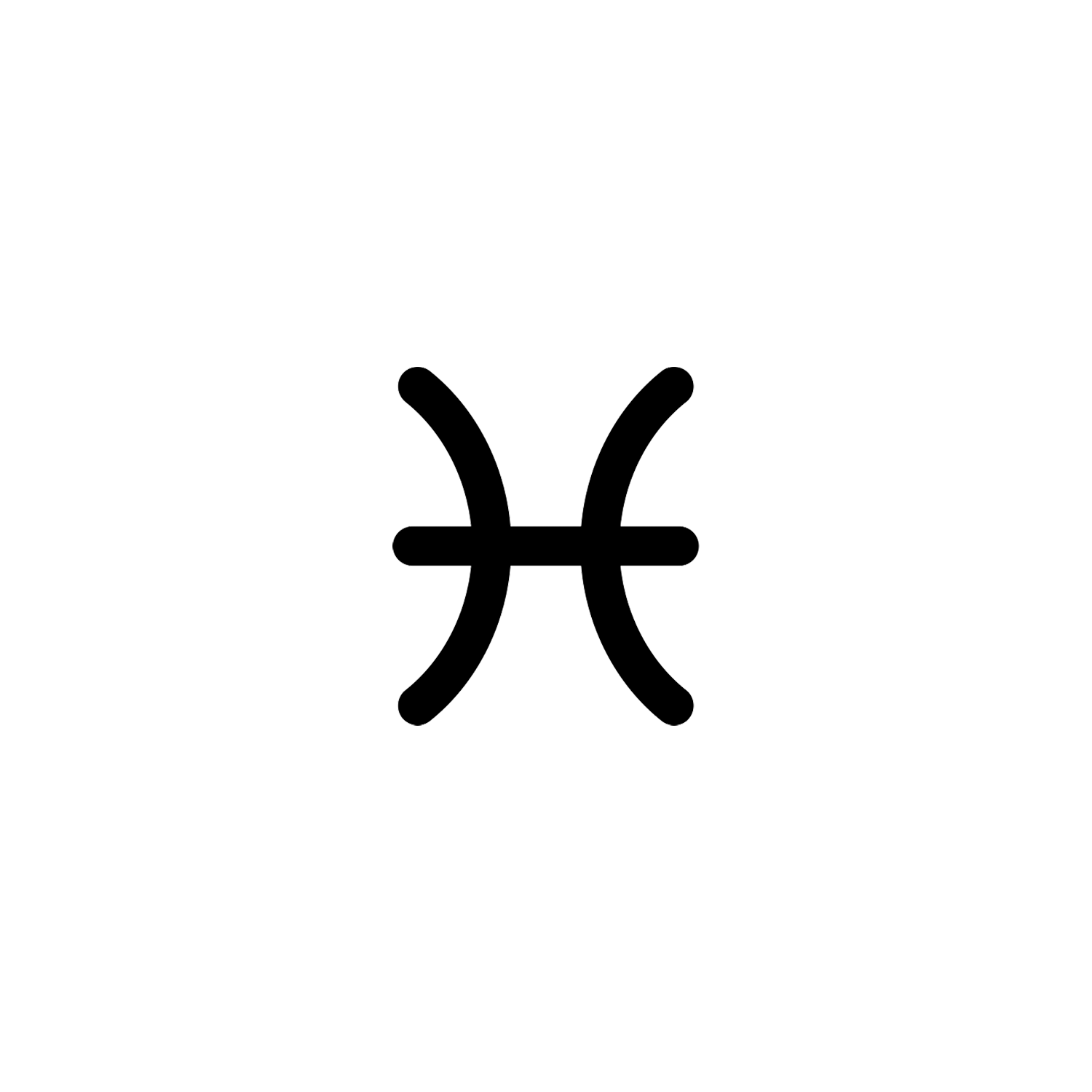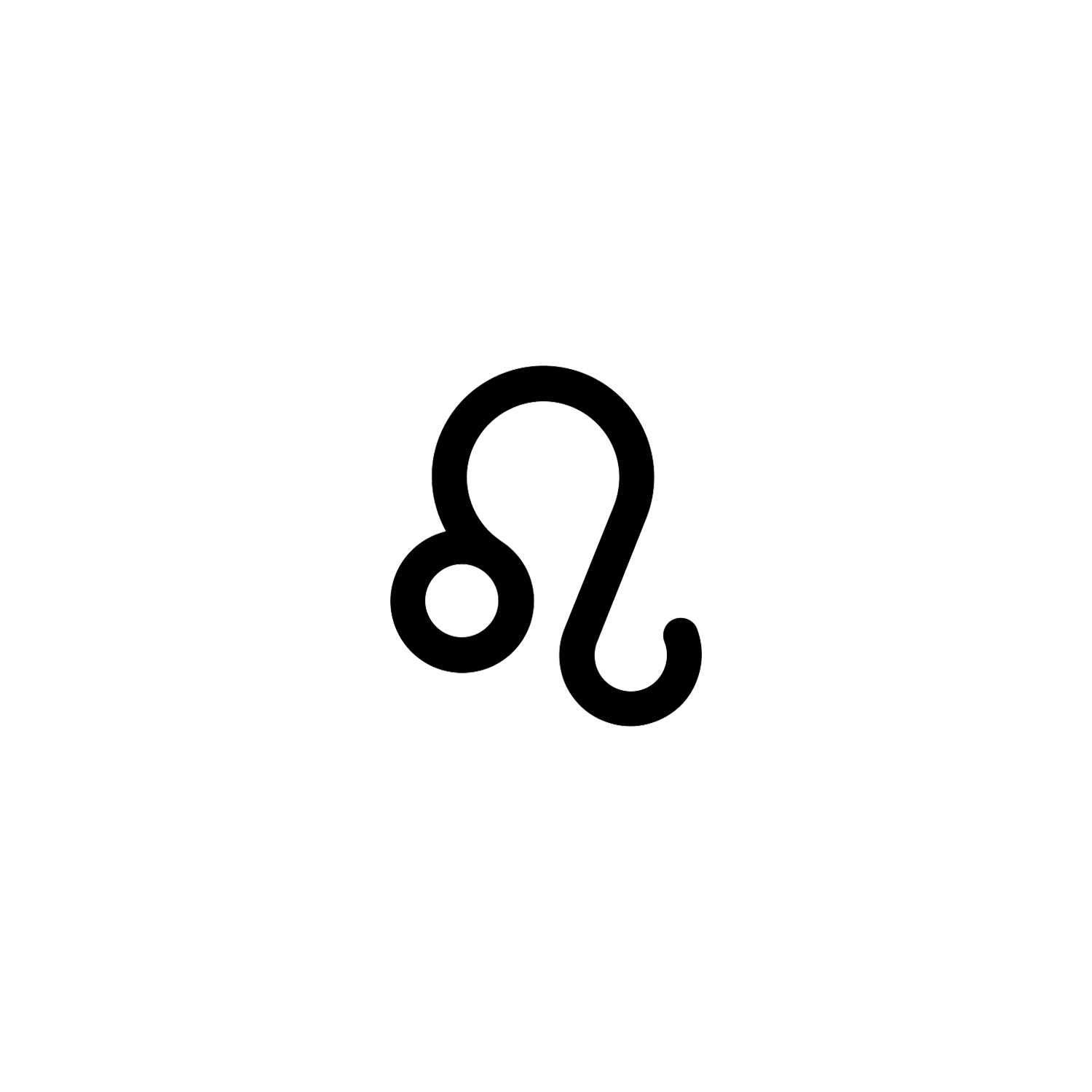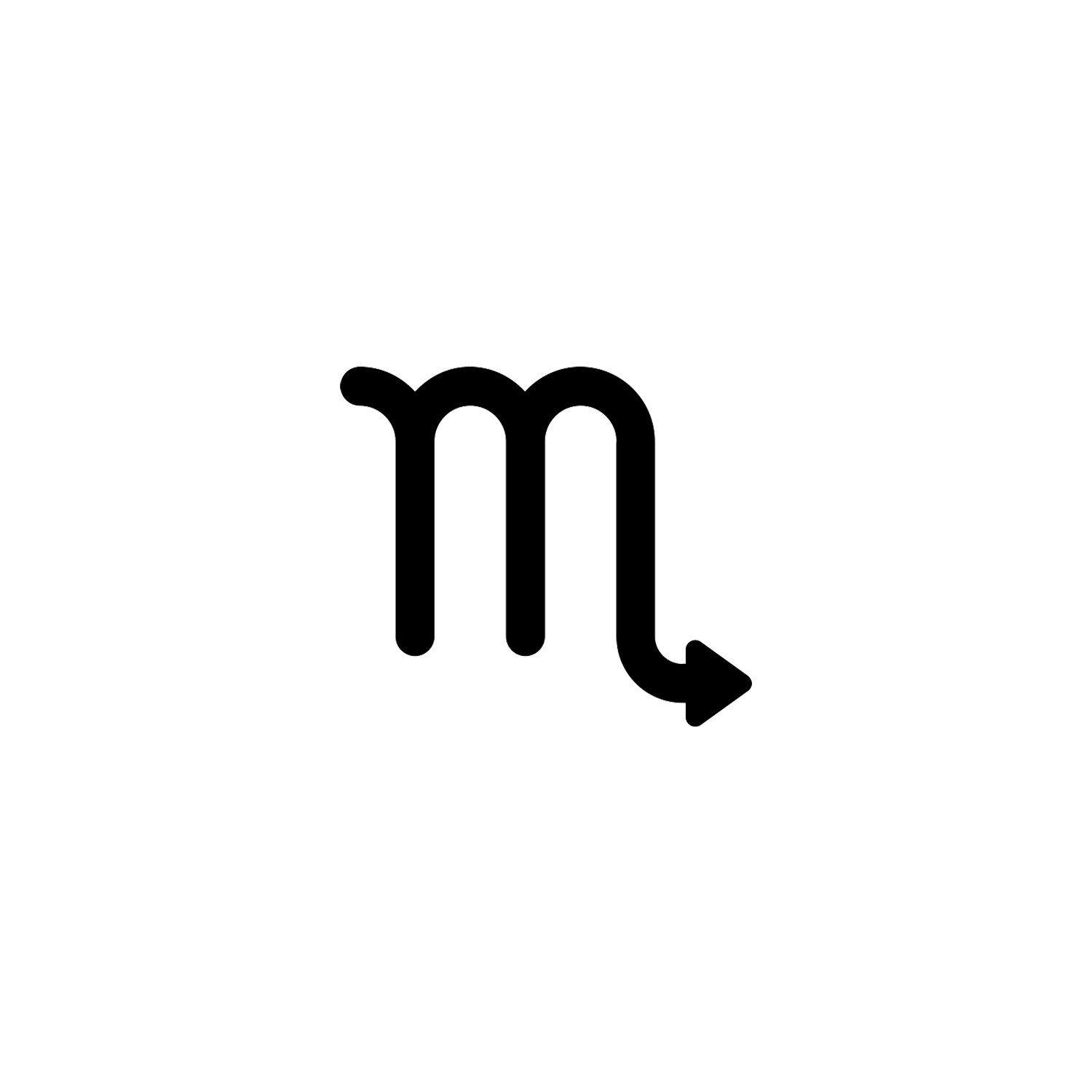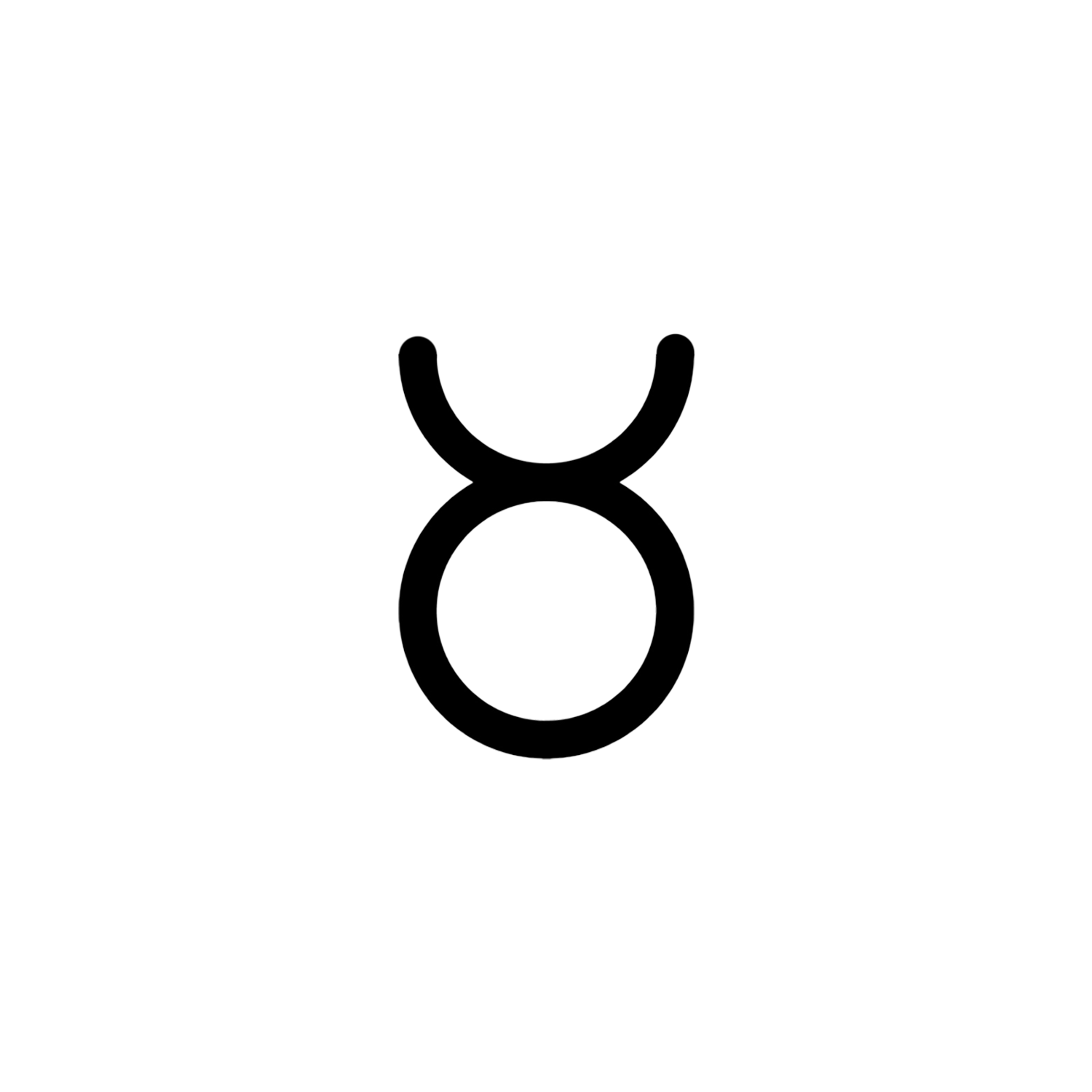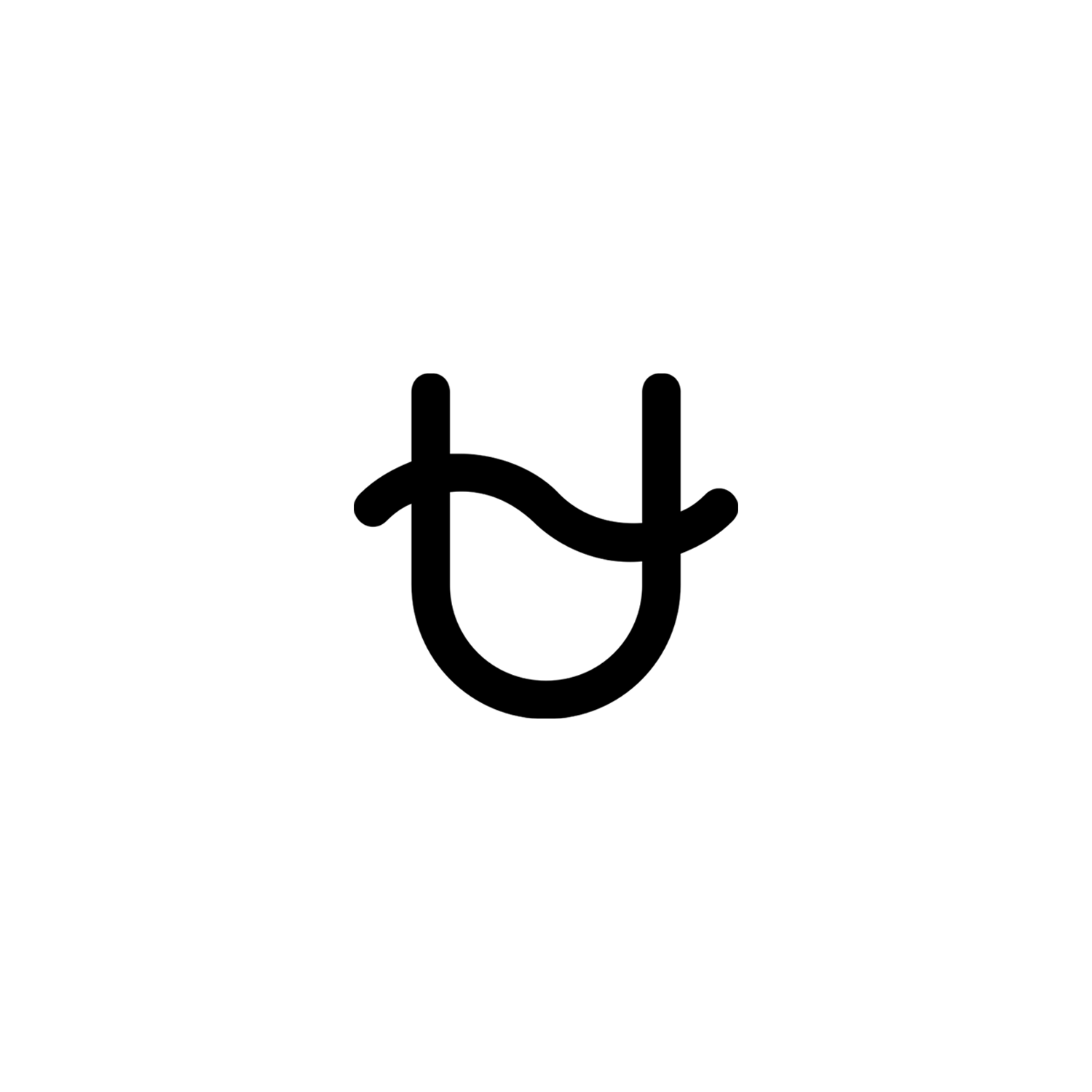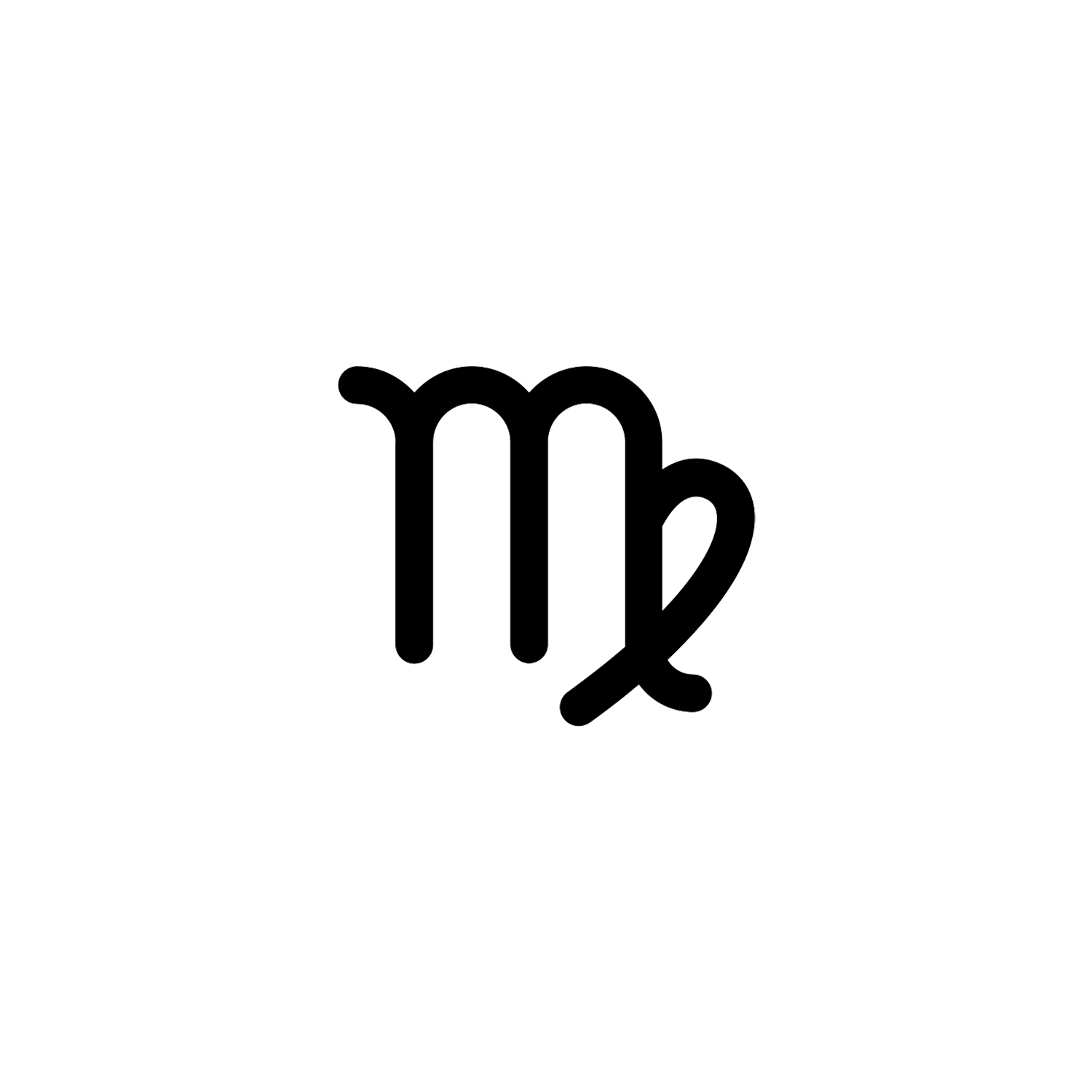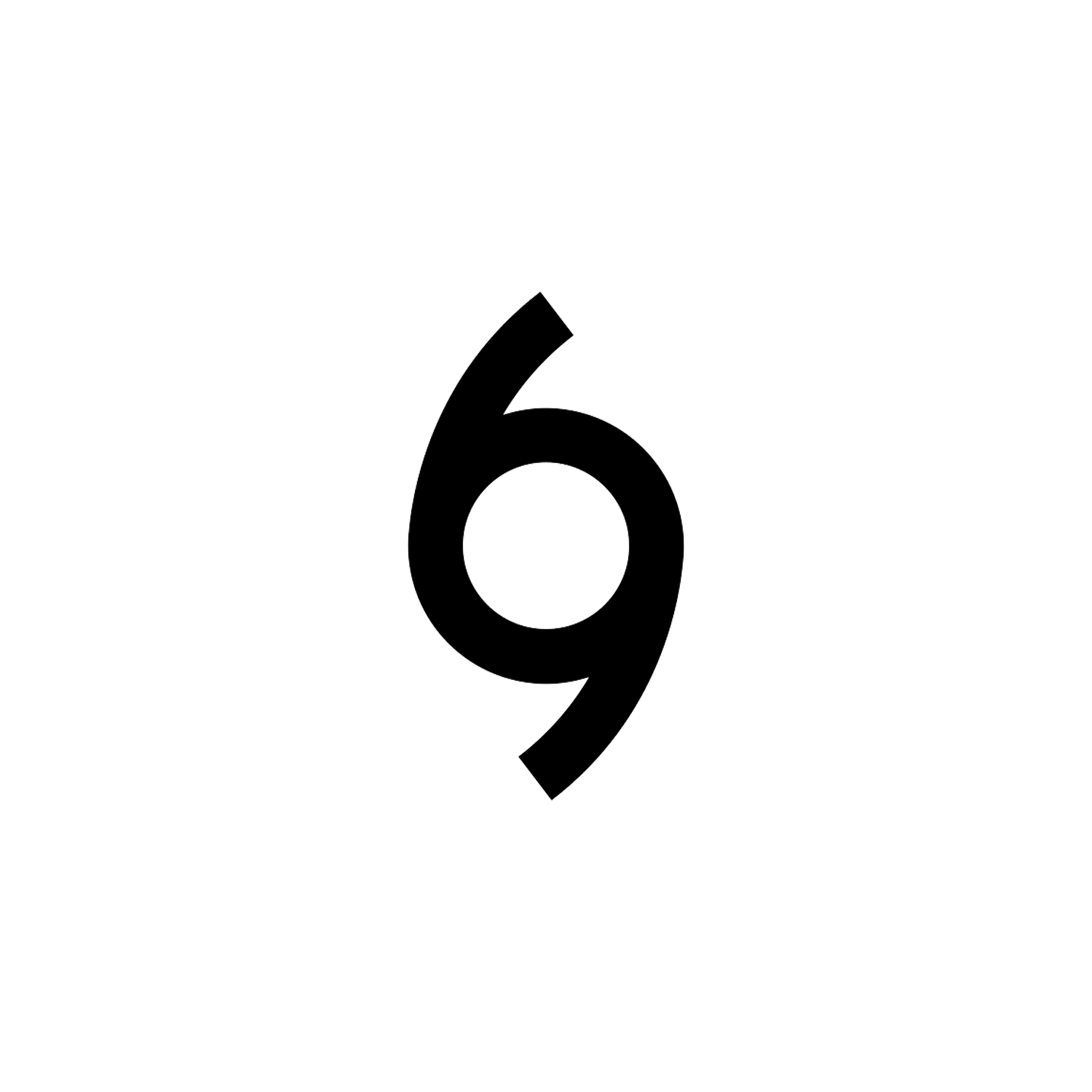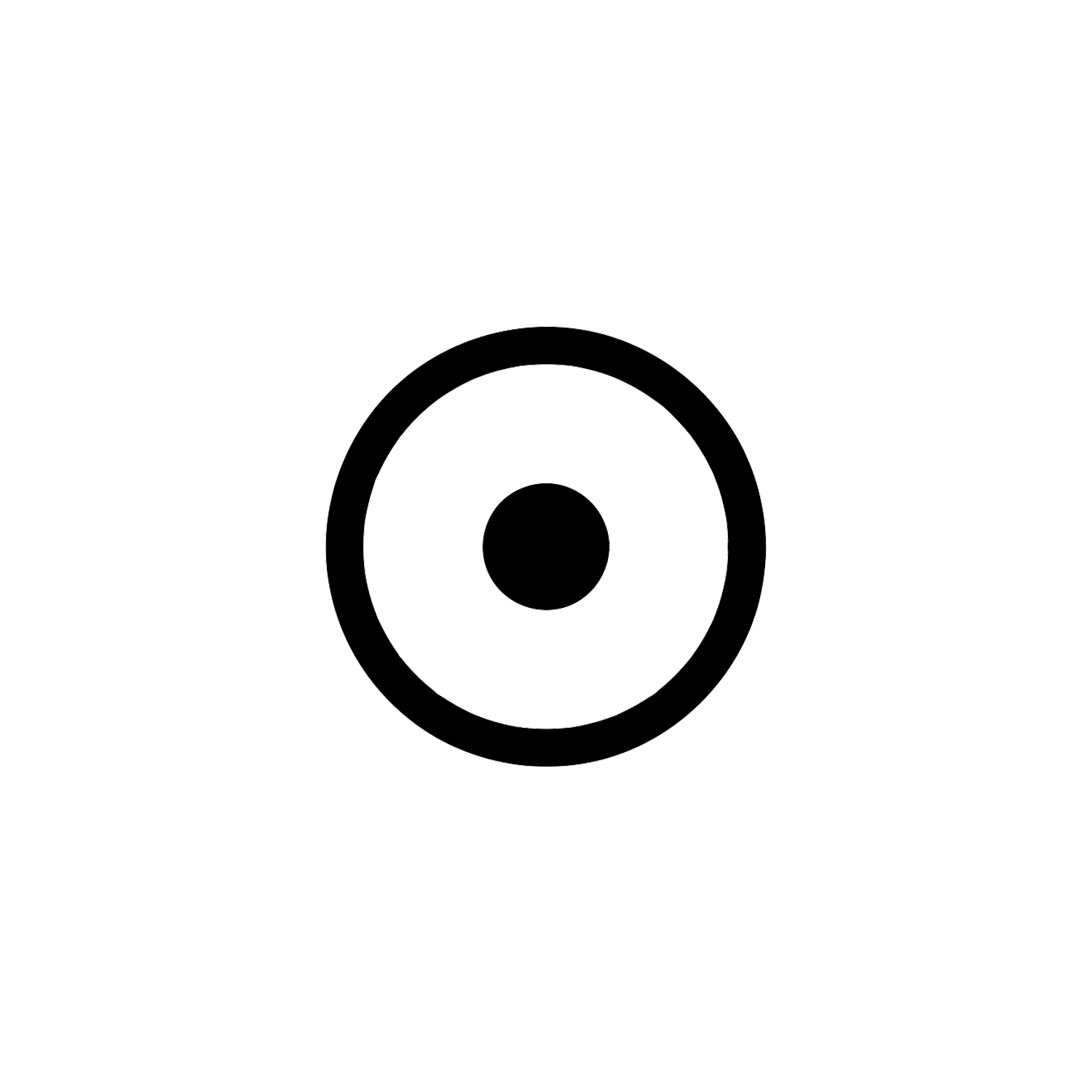Libra


Libra
The seventh astrological sign in the zodiac.
Overview
Libra (Ancient Greek: Ζυγός, romanized: Zygós, Latin for “scales”) is the seventh astrological sign in the zodiac. It spans 180°–210° celestial longitude.[1] The Sun transits this sign on average between September 23 and October 23.[2][3]
The symbol of the scales is based on the Scales of Justice held by Themis, the Greek personification of divine law and custom.[4] She became the inspiration for modern depictions of Lady Justice. The ruling planet of Libra is Venus along with Taurus.[5][6] Libra is the only zodiac sign that is represented by an object; with the other eleven signs represented by either an animal or mythological character.[7]

Libra is the cardinal modality of the three air signs, the others being Gemini and Aquarius.[8] Libra is symbolized by the scales and is associated with the Roman deity Iustitia. According to the writer Manilius, Roman judges are born under the sign of Libra.[9]


The Moon was said to be in Libra when Rome was founded and this was based on the historical passage, which state “qua condita Roma”.[10]
Everything was balanced under this righteous sign. Manilius once said that Libra was the sign “in which the seasons are balanced” (Astronomica, 1.267), cf. Virgil, Georg. I.208-9: “Libra die somnique pares ubi fecerit horas / et medium luci atque umbris iam diuidit orbem,…”. Both the hours of the day and the hours of the night match each other, hence the September equinox. Thus, why the Romans put so much trust in the “balanced sign”.[7]
Going back to ancient Greek times, Libra the constellation between Virgo and Scorpio used to be ruled over by the constellation of Scorpio. They called the area the Latin word “chelae”, which translated to “the claws” which can help identify the individual stars that make up the full constellation of Libra, since it was so closely identified with the Scorpion constellation in the sky.[7]
Astrology
In Western astrology, the polarity divides the zodiac in half and refers to the alignment of a sign’s energy as either positive or negative, with various attributes associated to them as a result.[11]
Positive polarity signs, also called active, yang, expressive, or masculine signs, are the six odd-numbered signs of the zodiac: Aries, Gemini, Leo, Libra, Sagittarius, and Aquarius. Positive signs make up the fire and air triplicities.[12][13]
Negative polarity signs, also called passive, yin, receptive, or feminine signs,[14] are the six even-numbered signs of the zodiac: Taurus, Cancer, Virgo, Scorpio, Capricorn, and Pisces. Negative signs make up the earth and water triplicities.[15]

Astronomy
Libra /ˈliːbrə/ is a constellation of the zodiac and is located in the Southern celestial hemisphere. Its name is Latin for weighing scales. Its old astronomical symbol is. It is fairly faint, with no first magnitude stars, and lies between Virgo to the west and Scorpius to the east. Beta Librae, also known as Zubeneschamali, is the brightest star in the constellation. Three star systems are known to have planets.

Libra was known in Babylonian astronomy as MUL Zibanu (the “scales” or “balance”), or alternatively as the Claws of the Scorpion. The scales were held sacred to the sun god Shamash, who was also the patron of truth and justice.[16]
It was also seen as the Scorpion’s Claws in ancient Greece.[17] Since these times, Libra has been associated with law, fairness and civility. In Arabic zubānā means “scorpion’s claws”, and likely similarly in other Semitic languages: this resemblance of words may be why the Scorpion’s claws became the Scales.
Indeed, Zubenelgenubi and Zubeneschamali, the names of the constellation’s two main stars, in Arabic mean “southern claw” and “northern claw” respectively. It has also been suggested that the scales are an allusion to the fact that when the sun entered this part of the ecliptic at the autumnal equinox, the days and nights are equal.[18] Libra’s status as the location of the equinox earned the equinox the name “First Point of Libra”, though this location ceased to coincide with the constellation in 730 BC because of the precession of the equinoxes.
In ancient Egypt the three brightest stars of Libra (α, β, and σ Librae) formed a constellation that was viewed as a boat.[19] Libra is a constellation not mentioned by Eudoxus or Aratus.[20] Libra is mentioned by Manetho (3rd century B.C.) and Geminus (1st century B.C.), and included by Ptolemy in his 48 asterisms. Ptolemy catalogued 17 stars, Tycho Brahe 10, and Johannes Hevelius 20.[20]
It only became a constellation in ancient Rome, when it began to represent the scales held by Astraea, the goddess of justice, associated with Virgo in the Greek mythology.[21]

Differences between Astrology and Astronomy
Astrological signs are now only used in astrology to tell fortunes and describe people’s characters. Zodiac constellations are the subject of astronomy. Previously, they marked the passage of time and the seasons for ancient people and helped create calendars. Even now, they are used for marine navigation and astronomical observations. For instance, they are especially useful for amateur astronomers as reference points to locate planets.
Astrology is a pseudoscience.[22] Scientific investigations of the theoretical[23] basis and experimental verification of claims[24] have shown it to have no scientific validity or explanatory power. More plausible explanations for the apparent correlation between personality traits and birth months exist, such as the influence of seasonal birth in humans.
The zodiac signs’ dates are now about a month ahead of when the Sun meets the corresponding constellations. These dates were established more than two thousand years ago, but today things changed. For example, Aries now meets the Sun around April 19 (the exact date depends on the year and your timezone) instead of the astrological date of March 21. So, most people who think of themselves as Aries were born when the Sun was in Pisces.
The reason for this time shift is the axial precession of the Earth. Our planet is like a spinning top: it’s flattened at the poles and bulges at the equator, pulled by the Moon and Sun. So, it wobbles as it spins, tracing a cone of 23.5° radius with its axis. The wobble is called the precession of the Earth’s axis, or the precession of the equinoxes. Each spin lasts one day, but each gyration around the cone takes 25,800 years. The movement slowly alters the view of the zodiac from the Earth, making the constellations appear to slide to the east about 1° per human lifetime.
Moreover, just as in ancient times, now the Sun passes through the 13th constellation Ophiuchus that we mentioned above. So, no zodiac constellation meets the Sun from around November 30 to December 17, but, in astrology, these days belong to the sign Sagittarius.
It’s the astronomical view of things. Astrologers defend themselves by saying that they use the tropical zodiac, which is fixed to seasons, not the position of constellations. So, it’s your choice to believe whether you are Aries or Pisces, Sagittarius or Ophiuchus.

There are twelve constellations that roughly correspond to the traditional zodiac signs and are recognized as members of the zodiac family: Aries, Taurus, Gemini, Cancer, Leo, Virgo, Libra, Scorpius, Sagittarius, Capricornus, Aquarius, Pisces.
They are called “zodiac” on behalf of tradition. Beyond that, there is no reason why they are grouped this way.
Astrologers say that during the dates of a zodiac sign, the Sun is “in” the corresponding constellation. Over a year, the Sun regularly visits 13 constellations in the sky: Capricornus, Aquarius, Pisces, Aries, Taurus, Gemini, Cancer, Leo, Virgo, Libra, Scorpius, Sagittarius, and Ophiuchus. The last one doesn’t have its traditional zodiac sign, but why? To find out, we would have to ask the Babylonians.
Babylonian astronomers designated the 12 zodiac signs in the 5th century B.C. They knew the 13th constellation Ophiuchus, but it didn’t fit into the ancient calendar of 12 lunar months. So, Babylonians omitted Ophiuchus for convenience. Modern Western zodiac astrology still follows the Babylonian tradition. Moreover, astronomy constellation maps don’t include Ophiuchus in the zodiac family either – it belongs to the Hercules one.
Altogether, the 13 constellations are called the constellations of the ecliptic. The ecliptic refers to the imaginary plane containing the Earth’s orbit around the Sun. We from the Earth observe it as the Sun’s path in the sky throughout the year. Over a year, the Sun appears to regularly pass in front of the ecliptic constellations one by one. The entry and exit dates almost perfectly repeat. For Ophiuchus, these dates are November 30 to December 17 (the beginning and the ending may vary by day, depending on the year and your timezone).
Therefore, if you are born at the beginning of December, don’t be surprised that the Sun is “in” Ophiuchus and not the constellation Sagittarius.

Conclusion
In astrology, Libra is the seventh sign of the zodiac, considered as governing the period from about September 22 to about October 23.
It is represented by a woman (sometimes identified with Astraea, the Roman goddess of justice), holding a balance scale or by the balance alone.
[1] Aaboe, Asger (2001). Episodes From the Early History of Astronomy. New York: Springer Science+Business Media. pp. 19. ISBN 9780387951362.
[2] "Libra". Oxford Dictionaries. n.d. Archived from the original on March 1, 2018.
[3] "Scorpio". Oxford Dictionaries. n.d. Archived from the original on October 3, 2020.
[4] Atsma, Aaron J. (c. 2015). "Themis: Greek Titan goddess of divine-law, custom & prophecy". Theoi.
[5] "Horoscopes, Tarot, Psychic Readings". www.astrology.com. Archived from the original on September 23, 2015.
[6] "Libra Nature - Libra Ruling Planet". www.ganeshaspeaks.com. 2015.
[7] Ridpath, Ian (n.d.). "Star Tales – Libra". www.ianridpath.com.
[8] Team, The GaneshaSpeaks (2017). GEMINI - Your Zodiac Horoscope 2018. Ahmedabad: www.GaneshaSpeaks.com. p. 16.
[9] Horace (2017). Horace: Odes Book II. Cambridge: Cambridge University Press. p. 203. ISBN 9781107012912.
[10] Goodyear, F. R. D. (2004). The Classical Papers of A. E. Housman, Volume 2. Cambridge, UK: Cambridge University Press. p. 871. ISBN 0521606969.
[11] Hall, Judy (2005). The Astrology Bible: The Definitive Guide to the Zodiac. Sterling Publishing Company, Inc. p. 137. ISBN 978-1-4027-2759-7.
[12] Standen, Anthony (1975). "Is There An Astrological Effect On Personality". The Journal of Psychology. 89 (2): 259–260. doi:10.1080/00223980.1975.9915759. PMID 1151896. Archived from the original on July 25, 2020.
[13] van Rooij, Jan J. F. (1993). "Introversion-Extraversion: astrology versus psychology". Department of Psychology, University of Leiden, the Netherlands. 16 (6): 985–988. doi:10.1016/0191-8869(94)90243-7.
[14] Standen, Anthony (1975). "Is There An Astrological Effect On Personality". The Journal of Psychology. 89 (2): 259–260. doi:10.1080/00223980.1975.9915759. PMID 1151896. Archived from the original on July 25, 2020.
[15] van Rooij, Jan J. F. (1993). "Introversion-Extraversion: astrology versus psychology". Department of Psychology, University of Leiden, the Netherlands. 16 (6): 985–988. doi:10.1016/0191-8869(94)90243-7.
[16] Babylonian Star-lore by Gavin White, Solaria Pubs, 2008, page 175
[17] Ridpath, Ian; Tirion, Wil (2001), Stars and Planets Guide. pp. 172–173. Princeton University Press, ISBN 0-691-08913-2
[18] This article incorporates text from a publication now in the public domain: Chisholm, Hugh, ed. (1911). "Libra". Encyclopædia Britannica (11th ed.). Cambridge University Press.
[19] Priskin, Gyula. "The Astral Myth of Osiris: the Decans of Taurus and Libra". ENiM 9 (2016), 79-111.
[20] This article incorporates text from a publication now in the public domain: Chisholm, Hugh, ed. (1911). "Libra". Encyclopædia Britannica (11th ed.). Cambridge University Press.
[21] Ridpath, Ian; Tirion, Wil (2001), Stars and Planets Guide. pp. 172–173. Princeton University Press, ISBN 0-691-08913-2
[22] Sven Ove Hansson; Edward N. Zalta. "Science and Pseudo-Science". Stanford Encyclopedia of Philosophy. Retrieved 6 July 2012. There is widespread agreement for instance that creationism, astrology, homeopathy, Kirlian photography, dowsing, ufology, ancient astronaut theory, Holocaust denialism, Velikovskian catastrophism, and climate change denialism are pseudosciences.
[23] Vishveshwara (1989). S.K. Biswas; D.C.V. Mallik; C.V. Vishveshwara (eds.). Cosmic Perspectives: Essays Dedicated to the Memory of M.K.V. Bappu (1. publ. ed.). Cambridge, England: Cambridge University Press. ISBN 978-0-521-34354-1.
[24] Carlson, Shawn (1985). "A double-blind test of astrology" (PDF). Nature. 318 (6045): 419–425. Bibcode:1985Natur.318..419C. doi:10.1038/318419a0. S2CID 5135208. Archived (PDF) from the original on 2019-02-16.
Latest Symbols
Monthly Digest
A summary of symbols for the month in a quick read format straight to your inbox.




